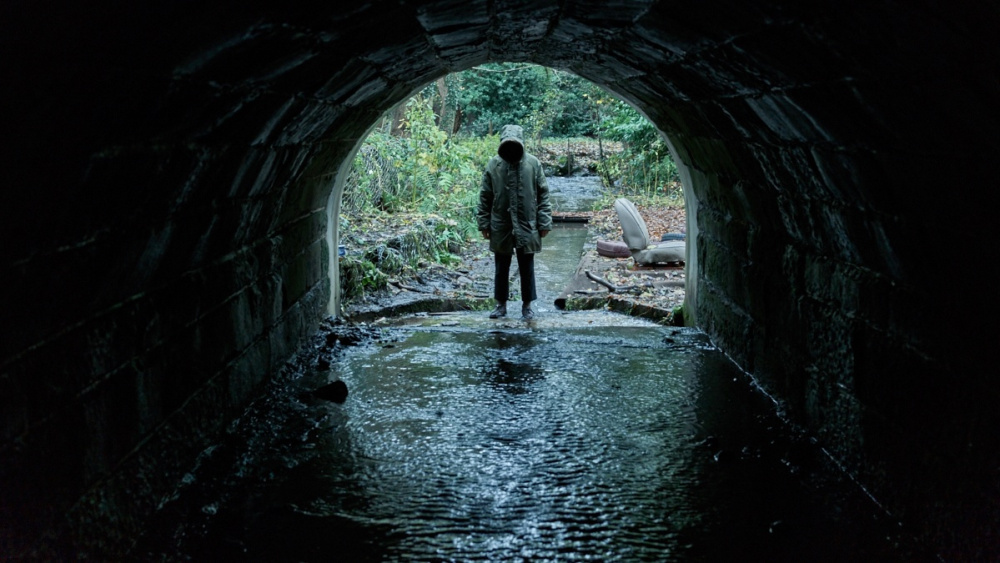
Horror is an interesting cinematic genre. For one thing, it seems hundreds of horror movies are made every year, relatively cheaply and relying on jump scares and special effects. But much like comedy, Horror is constantly changing as the breadth of things that scare us widen and change just as the world changes.
This list will highlight some fantastic horror movies from the last twenty years that are, hopefully, indicative of what this genre is capable of doing.
1. Kill List (2011)
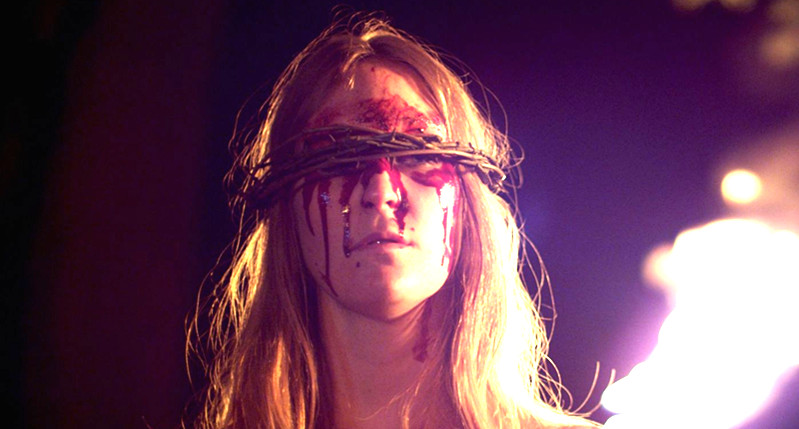
Any of Ben Wheatley’s films are worth watching but Kill List really established him as an impressive talent. Jay and Gal are two ex-soldiers recently returned from war and are now finding it difficult to get work. A supposedly friendly tip leads them to a strange man who gives them a list of three names and hires them to kill everyone on it.
From this synopsis, the film sounds like a typical hit man thriller (Collateral has a very similar set-up) except that Kill List is always one step ahead of you with its story and its mystery so each scene feels like you’ve been lead into a different film.
Wheatley was inspired by Stanley Kubrick’s love of symbolism and literally fills the screen with them, choosing to structure the plot in the editing booth at the end of the day rather than closely following the script. One particularly eerie example is when Jay and Gal visit their first name, but rather than facing a fight they find that their target is ready and waiting for them, and begins to thank them for killing him.
The horror comes from the painful reality of Jay’s life. Struggling for work, it’s clear that he’s losing control of his life, the only thing he can do well is kill and the film seems to be taking that away from him as well.
Each target acts more and more strangely and the two killers realise they have no control over the situation at all. Pair this with Wheatley’s use of symbols and repeated imagery and you have a movie that refuses to behave and with no explanation why. You’re left with your imagination to figure out why the increasingly horrible things you’re seeing on screen are happening.
2. Pulse (2001)
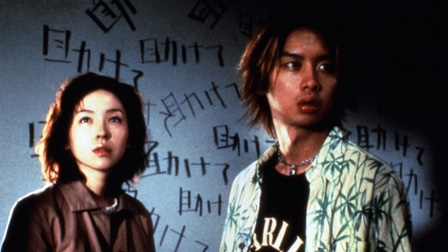
This entry could win the title for bleakest on our list, but Kiyoshi Kurosawa’s J-Horror chiller is still worth your time. Pulse follows two separate stories of people who are visited and haunted by a ghost that manifests on the internet. Fears of new technologies might not be as rampant as they were at the start of the millennium but this is really just a jumping off point for Kurosawa to tackle deeper, scarier themes.
The ghost appears as either a face on a screen or as a series of upsetting videos and some times a burned silhouette on a wall. Lack of clear definition makes its purpose ambiguous and unsettling until the spirit finally explains; “Death was…eternal loneliness.”
Along with cinematographer Jun’ichi Kikuchi, Kurosawa makes the world of the film appear grey, cloudy and unwelcoming, with the characters often seen alone and rarely interacting with other people.
Tapping into your fear by performing as a traditional horror movie, Pulse also lands a second punch by tapping into a very deep sadness. It’s not just the threat of death, but of being forgotten. It a movie about existential dread wrapped up in a ghost story that manages to poke the most upsetting and vulnerable thoughts at the back of your brain.
3. A Girl Walks Home Alone at Night (2014)
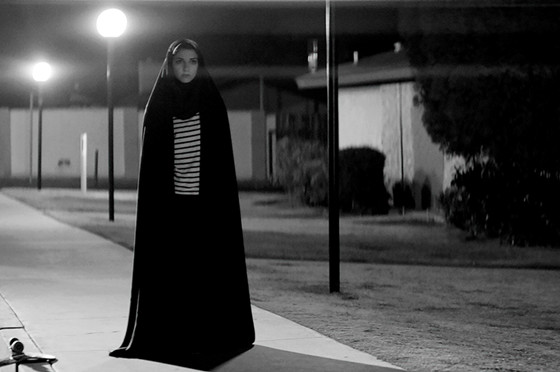
A sleepy Iranian city continues about its mundane life unaware that a vampire is skateboarding her way through its streets. Horror can be used in many different ways and, in this case, director Ana Lily Amirpour uses a force for change; the presence of the vampire affecting the behaviour of the traditional town.
The title itself illustrates this, the girl walking home alone at night is the vampire and all the implied threat is inverted away from her and directed towards anyone that she might meet along her way, local gangsters or pimps. Invited to step into the vampire’s perspective we see that the horror in reality is much, much worse: women are controlled by violent men while society’s outcasts waste away on heroin. The vampire is here to shake up the town.
Shot in black and white and with a pop-filled soundtrack this film oozes cool. The first Middle-Eastern Vampire story Amirpour’s film is wholly original and really cleverly adapts classic horror tropes into a modern attack on traditionalism.
4. Dead Man’s Shoes (2004)
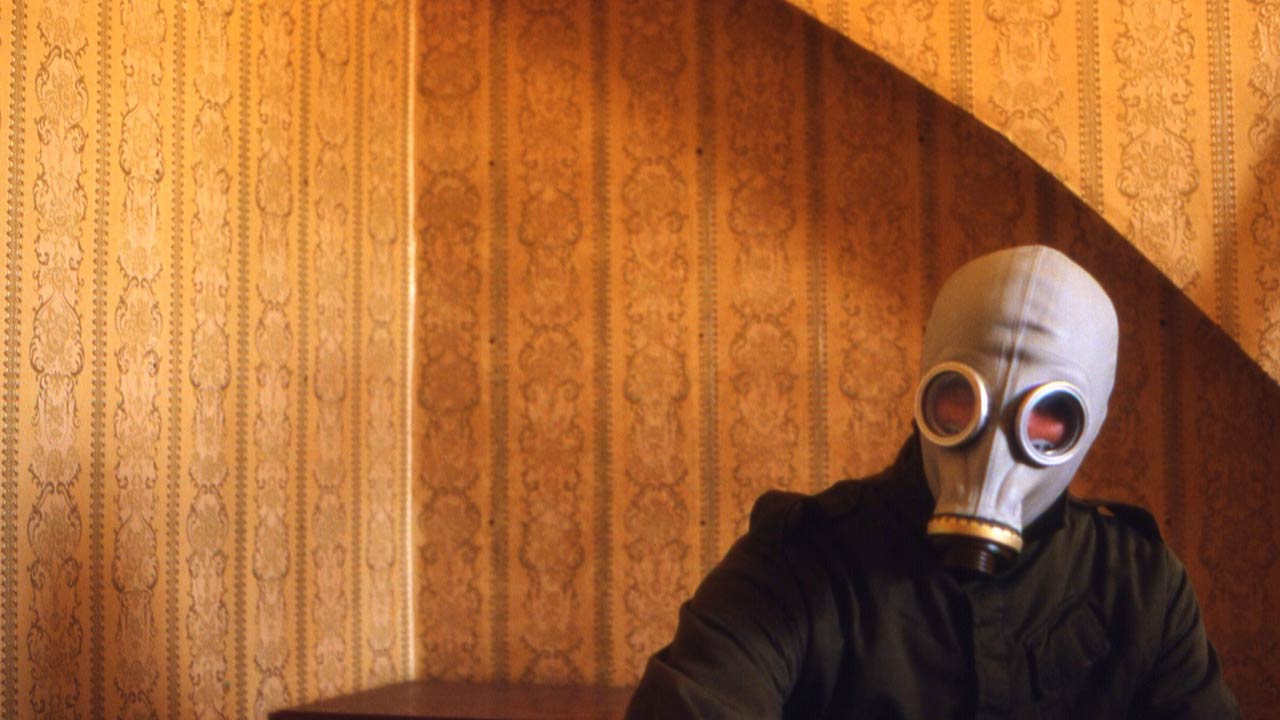
Revenge thrillers, like John Wick, usually glorify villain’s getting their punishment while the hero finds redemption. Dead Man’s Shoes grounds itself in realism, filmed with handheld cameras and using improvised dialogue to create genuine panic and confusion as a man in a gas mask picks off his victims one by one.
Richard has returned to his small Northern England town to get revenge on the men who attacked and tortured his little brother. There is no question that Richard will succeed and the film spends most of its time with his victims as they tear themselves apart waiting for him to come.
In flashbacks we see these men as they laugh and joke with Richard’s brother, pretending to be his friend, as they lead him away from town. Juxtaposed with them in the present trying to convince themselves that it was just a joke that got out of hand, that they’re not really evil men.
The film expertly builds a sense of dread out of the men finally seeing the larger picture of what they’ve done and as their guilt starts to catch up with them. It leaves us in a confusing moral mess as Richard’s actions turn him into a monster and as his victims are humanised. The film is small in scale but leaves the audience in a massive hole of very real human cruelty.
5. Under The Shadow (2016)
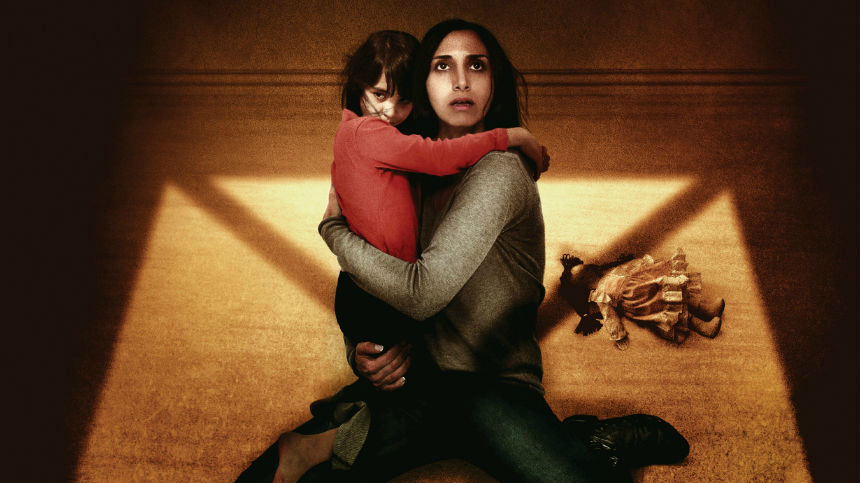
Set in 1980s Tehran, Under the Shadow opens with Shideh trying to get back into university after being kicked out for protesting the state. Politics and war are big themes in the back of the film, guiding and shaping the characters who are subject to them.
When she returns home, Shideh’s husband announces he is going to the front to provide medical aid, she will have to stay at home with their daughter. Shideh is told by nearly everyone she meets that she must act like a good woman, to follow traditional values and stay at home with her child. But Shideh doesn’t believe that she is a good mother.
These big pressures of war and traditionalism are the shadow Shideh finds herself under. The metaphor becoming literal when on the first night her husband is away, a bomb falls through the roof of her apartment building but does not explode. While Shideh deals with the world around her and struggles to keep her daughter happy and safe a vengeful spirit, a djinn, begins to slip into their apartment.
This is a perfect example of main-stream, jump scare horror done right. There is already so much in this story and to these characters before the haunting even begins that we already feel on the edge of our seats; the repeated threat of bombings means that any noise could mean sudden death.
Director Babak Anvari blends drama and tension usually found in war drama with modern horror techniques and the result is a fantastic mix of high emotion and fear that makes for a very strong ghost story.